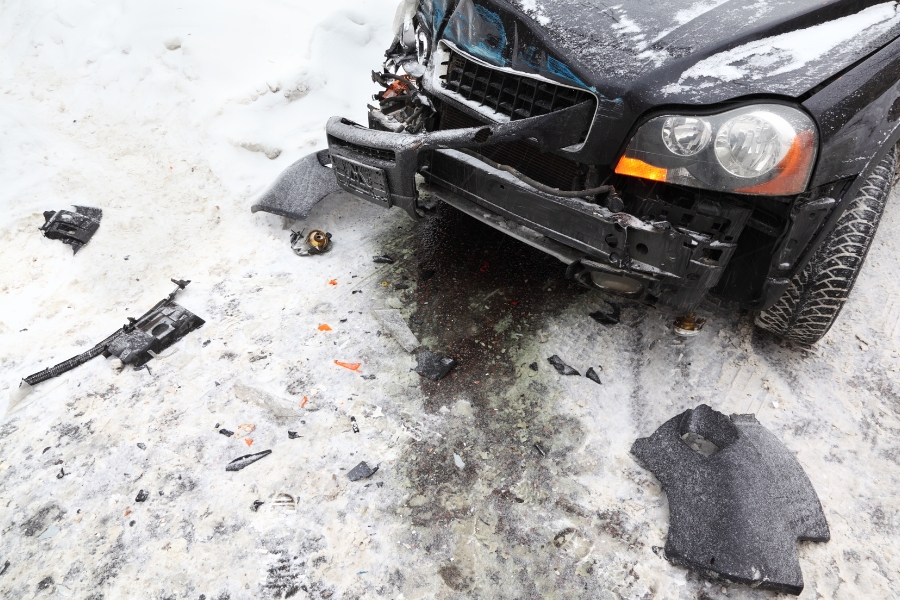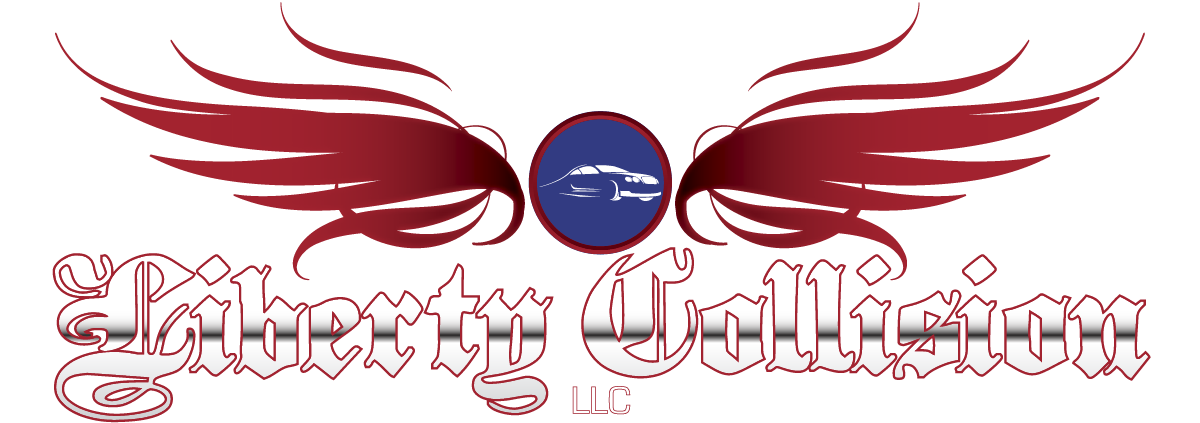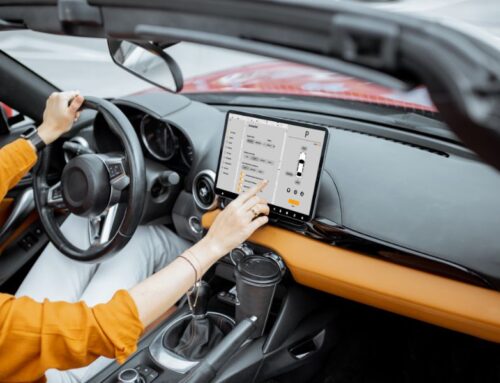
As the winter season settles in, so do the challenges of navigating icy roads, snow-covered streets, and unpredictable weather conditions. Despite exercising caution, winter driving incidents can still occur, leaving your vehicle in need of repair. At Liberty Collision, we understand the unique challenges that winter poses to drivers, and we’re here to provide you with essential tips for repairing your car after a cold-weather collision.
1. Assess the Damage and Document Everything
After a winter driving incident, it’s crucial to assess the damage to your vehicle thoroughly. Take note of any visible dents, scratches, or structural damage. Document the scene by taking clear photographs from multiple angles. These images can serve as valuable evidence for insurance claims and help collision repair professionals understand the extent of the damage.
2. Check for Hidden Damage
Winter collisions often result in hidden damage, especially underneath the vehicle or within the engine bay. Even if the exterior looks relatively unscathed, have a professional inspect the undercarriage and engine components for any hidden issues. Icy roads and snowbanks can cause damage that may not be immediately apparent.
3. Address Paint and Surface Damage Promptly:
The salt, sand, and de-icing chemicals used on winter roads can wreak havoc on your car’s paint and finish. Promptly addressing paint damage, including scratches and chipped paint, is essential to prevent rust and corrosion. Our expert technicians at Liberty Collision specialize in restoring your vehicle’s exterior to its pre-collision condition, ensuring a seamless and protective finish.
4. Check and Align Your Wheels:
Winter driving can take a toll on your vehicle’s alignment, leading to uneven tire wear and compromised handling. If you notice steering issues, vibrations, or your car pulling to one side, it’s crucial to have your wheels checked and aligned by professionals. Proper wheel alignment not only ensures safer driving but also prevents further damage to your tires and suspension components.
5. Assess the Functionality of Safety Features:
Modern vehicles come equipped with an array of safety features designed to protect you on the road. After a winter collision, it’s vital to check the functionality of these systems, including airbags, anti-lock brakes, and traction control. Liberty Collision’s certified technicians are equipped to diagnose and recalibrate these advanced safety features, ensuring your vehicle is restored to its optimal safety standards.
6. Pay Attention to Fluid Levels and Systems:
Cold temperatures can affect various fluid systems in your vehicle, including engine oil, transmission fluid, and brake fluid. Check the fluid levels and top them off if necessary. Additionally, have a professional inspect these systems for any leaks or damage caused by the winter weather. Timely attention to fluid-related issues can prevent more extensive and costly repairs down the road.
7. Choose Certified Professionals for Repairs:
When it comes to winter collision repairs, entrust your vehicle to certified professionals with experience in handling cold-weather damage. Liberty Collision, takes pride in its team of skilled technicians who undergo regular training to stay updated on the latest repair techniques, especially those tailored to winter driving incidents.
Contact Liberty Collision in Reno and Sparks, Nevada
Facing the aftermath of a winter driving incident can be daunting, but with the right approach, you can efficiently address the damage and get back on the road safely. At Liberty Collision, our commitment to quality repairs and customer satisfaction ensures that your winter-related collision repairs are handled with the utmost care and expertise. Reno and Sparks residents, if you need collision repair this winter, don’t hesitate to contact Liberty Collision.



